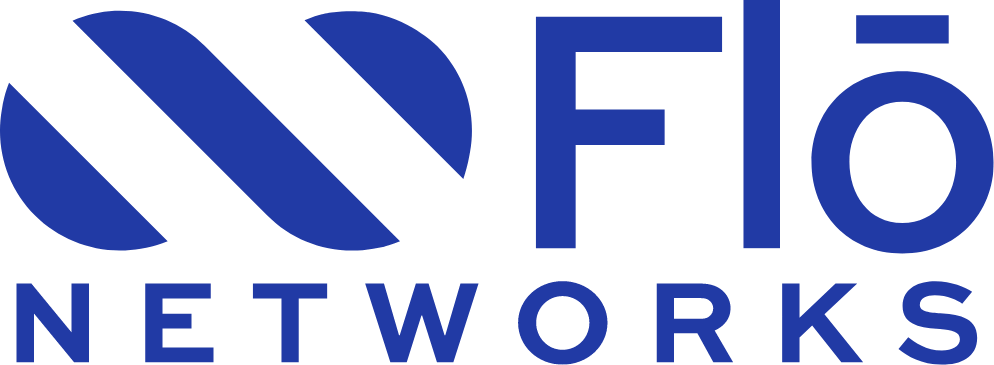In today’s interconnected world, the way businesses operate has transformed—speed, collaboration, and seamless service are no longer optional but essential. Connectivity now underpins everything, empowering teams to work more fluidly and giving customers faster, more personalized experiences. As organizations embrace remote work and digital platforms, the right connectivity solutions have become key to harmonizing employee and customer experiences. This alignment is shaping the future of competitive advantage in an era where success hinges on adaptability and responsiveness.
Let’s delve into how improved connectivity is reshaping these experiences and why this focus is vital for today’s digital-first businesses.
1. The Importance of Connectivity in a Digital Landscape
Connectivity is no longer just about internet access—it’s about creating a unified digital ecosystem that supports real-time communication, collaboration, and data exchange. For employees, this means having access to the right tools and platforms to work effectively, whether working in the office or remotely. For customers, it means consistent, responsive service across all touch points—whether through a website, mobile app, or social media.
By leveraging the right connectivity tools, businesses can break down silos between teams and departments, streamline workflows, and ensure that everyone—from frontline employees to leadership—has access to the same information system. This improves internal collaboration and enhances the overall customer experience by enabling faster responses, more personalized interactions, and better problem resolution.
2. How Connectivity Enhances Employee Experience
A connected workplace requires easy access to the tools and information they need to do their jobs effectively. Whether they’re collaborating on a project, accessing customer data, or communicating with team members, seamless connectivity ensures that employees remain engaged, productive, and empowered.
Here’s how enhanced connectivity improves the employee experience:
- Faster Collaboration: Digital tools like instant messaging, video conferencing, and cloud-based project management systems allow employees to collaborate in real-time, regardless of location. This is especially important as remote work becomes more prevalent. When employees can communicate easily and share information seamlessly, they can work more efficiently and make better decisions.
- Reliable Information in Real-Time: Connectivity ensures that employees have access to up-to-date information, whether interacting with customers, working on a product update, or managing logistics. This helps teams stay aligned, reduces errors, and allows employees to respond quickly to challenges.
- Flexible Work Environments: Connectivity is the backbone of flexible work environments for teams on the move. Employees with the right connectivity tools can perform their roles from any location—whether they’re out on deliveries, tracking supplies, or managing operations on-site—all while staying seamlessly connected to their team and essential systems.
- Increased Productivity: If employees don’t have to deal with outdated systems or slow communication channels, they can focus more on their tasks. The result is faster problem-solving, less downtime, and a more efficient workplace.
3. How Connectivity Improves Customer Experience
While connectivity is crucial for employees, it is equally important for delivering an exceptional customer experience. Today, customers expect businesses to be responsive, personalized, and available across various channels. Connectivity enables businesses to meet these expectations by ensuring a seamless experience from start to finish.
Here’s how better connectivity enhances the customer experience:
- Faster Response Times: Connectivity allows businesses to streamline communication channels and respond quicker to customer inquiries. Whether through live chat, social media, or customer service phone lines, being available to customers when they need support improves satisfaction and builds trust.
- Omnichannel Experience: Customers engage with businesses across multiple platforms—websites, apps, social media, and in-store. A connected ecosystem ensures a unified experience across all these touch points. For example, a customer can start an inquiry on a mobile app, continue it via email, and resolve it in-store without needing to repeat themselves.
- Personalization: Connected systems give businesses access to real-time data on customer preferences, behaviors, and interactions. This data can deliver personalized experiences, such as targeted offers, tailored recommendations, and proactive support. Personalized service enhances customer loyalty and leads to higher conversion rates.
- Proactive Problem Solving: Connectivity enables businesses to monitor customer issues in real-time and address them before they escalate. For example, a connected system can alert a company when a product is out of stock or when there’s a delay in service, allowing them to communicate with customers and offer solutions quickly.
4. The Business Impact of Improved Connectivity
Investing in robust connectivity goes beyond enhancing employee and customer experiences—it fuels business growth. Tools such as CRMs and other connected systems rely on seamless, reliable connectivity to empower employees and support customer relationships. When businesses bridge the gap between internal operations and customer-facing services through these technologies, they’re better positioned to:
- Increase Customer Retention: Fast, personalized service becomes the standard, boosting customer loyalty and retention for sustained revenue growth.
- Boost Employee Engagement: When employees have dependable access to the tools and information they need, they feel more connected and empowered in their roles, resulting in higher productivity and reduced turnover.
- Drive Innovation: A connected workforce can effortlessly share ideas, collaborate on new solutions, and quickly respond to market changes, fostering innovation and strengthening competitive advantage.
Conclusion
Connectivity is the key to bridging the gap between employee and customer experience. By creating a unified, connected ecosystem, businesses can empower employees, deliver exceptional customer service, and drive sustainable growth. As digital transformation continues to reshape industries, companies that prioritize connectivity will be well-equipped to thrive in this dynamic environment, ensuring that their teams and customers remain satisfied and engaged.
Choose Flō Networks as your connectivity partner and join thousands of companies in the United States and Mexico that are already advancing in their digital transformation journey with us. Focus on your business while we handle the connectivity challenges ahead.

